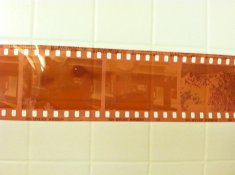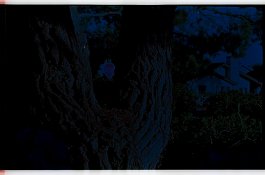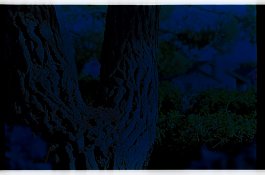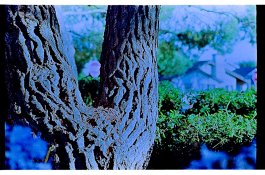jbl
Member
Hi,
I just tried my first roll of C-41. I've done B&W for a few years, but this is my first foray into color.
I shot a test roll of Ektar 100 out in front of my house and developed it in the Rollei Kit. The roll is still drying, but the negatives look pinker than what I've gotten from the lab.
The instructions with the chemicals say that a magenta cast with higher density near the sprocket holes means the developer was too warm or the agitation was too much. I think I'm seeing a magenta cast, but the density of the negatives is consistent. If anything, they look a little thin, but it's hard to tell for sure because they're hanging in my shower.
Does it sound like I over agitated or had the developer too warm?
Thanks,
Jonathan
I just tried my first roll of C-41. I've done B&W for a few years, but this is my first foray into color.
I shot a test roll of Ektar 100 out in front of my house and developed it in the Rollei Kit. The roll is still drying, but the negatives look pinker than what I've gotten from the lab.
The instructions with the chemicals say that a magenta cast with higher density near the sprocket holes means the developer was too warm or the agitation was too much. I think I'm seeing a magenta cast, but the density of the negatives is consistent. If anything, they look a little thin, but it's hard to tell for sure because they're hanging in my shower.
Does it sound like I over agitated or had the developer too warm?
Thanks,
Jonathan








 . I guess if the images look good, it hardly marters. Still, a little amazed this was that straightforward.
. I guess if the images look good, it hardly marters. Still, a little amazed this was that straightforward. 





